Best Timing for Shower Installations
Shower installations can be scheduled throughout the year, but certain factors influence the optimal timing. Planning during moderate weather conditions can facilitate easier access and reduce potential delays due to weather-related issues. Additionally, scheduling during periods of lower demand can result in more flexible appointment options.
Spring and early fall are often ideal due to milder weather, making outdoor work more manageable and reducing installation delays.
Many homeowners plan bathroom upgrades during summer or winter breaks, aligning with personal schedules and contractor availability.
Extreme cold or heat can affect installation materials and processes, so moderate temperatures are preferable for quality results.
Off-peak months may offer more appointment options and potentially lower costs for installation services.

Spring offers mild weather, ideal for outdoor work and scheduling flexibility.

Summer is popular for home upgrades, aligning with vacations and free time.
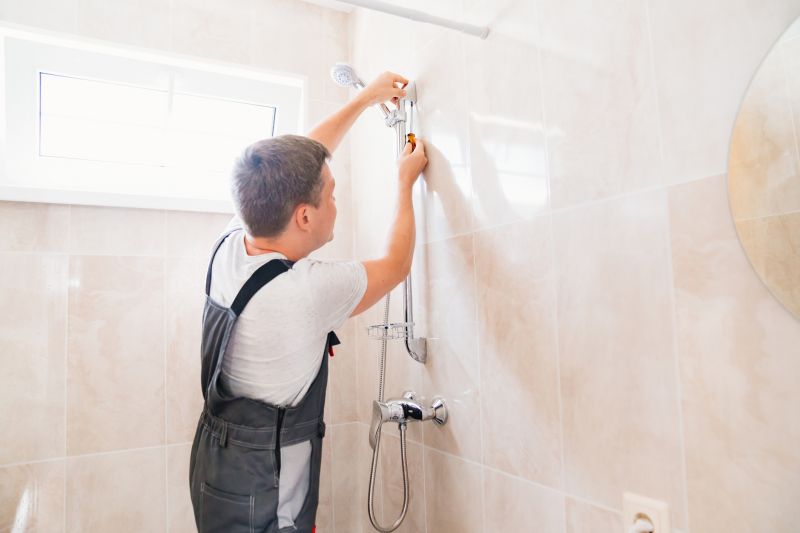
Winter requires careful planning due to cold temperatures, but indoor work can proceed without weather delays.
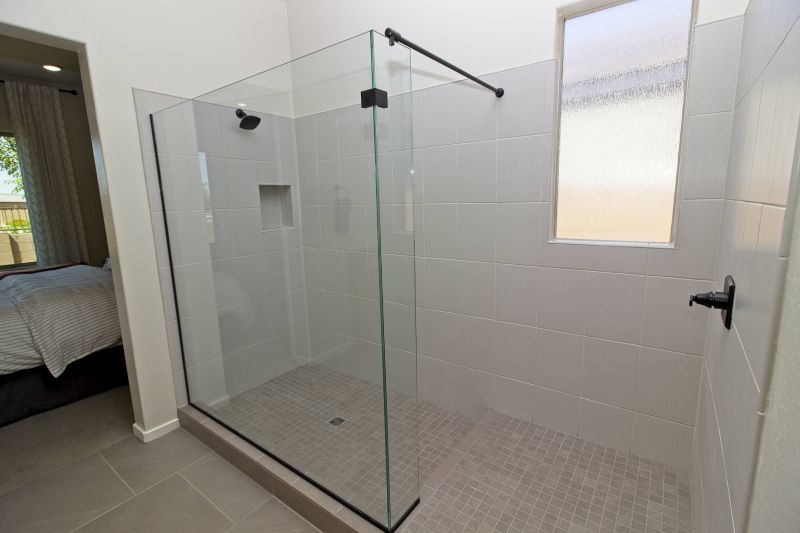
Ways to make Shower Installations work in tight or awkward layouts.

Popular materials for Shower Installations and why they hold up over time.
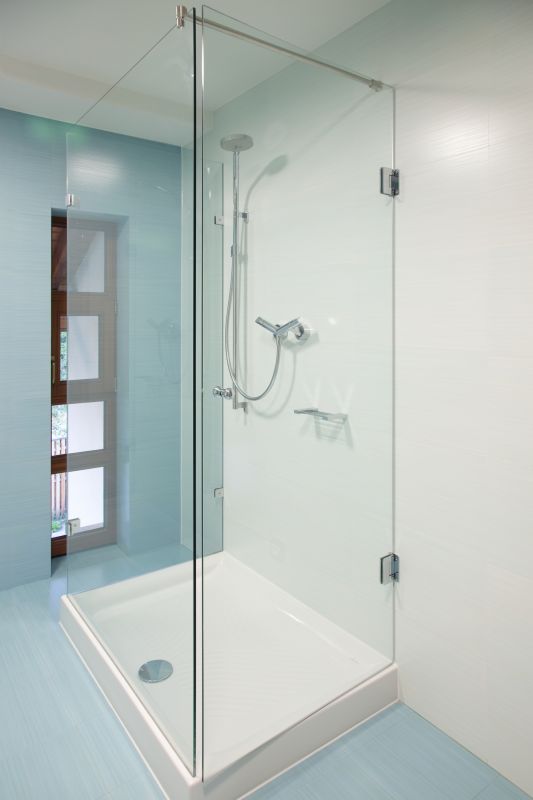
Simple add-ons that improve Shower Installations without blowing the budget.
| Season | Advantages |
|---|---|
| Spring | Mild weather, good outdoor conditions, flexible scheduling |
| Summer | High availability, aligns with home renovation projects |
| Fall | Moderate temperatures, fewer scheduling conflicts |
| Winter | Indoor work unaffected by weather, potential for off-peak discounts |
Shower installations are a common home improvement project that enhances bathroom functionality and aesthetics. Proper timing ensures minimal disruption and optimal results. The process involves removing existing fixtures, preparing the space, and installing new shower units, which requires precise measurements and quality materials to ensure durability and water tightness. Advances in installation techniques have reduced completion times, but planning remains essential for scheduling and material availability.
Statistics indicate that scheduling during off-peak seasons can lead to cost savings and quicker project turnaround. Proper planning and coordination with qualified installers help prevent delays caused by weather or supply chain issues. Homeowners should consider personal schedules, climate conditions, and contractor availability when choosing the best time for a shower installation.
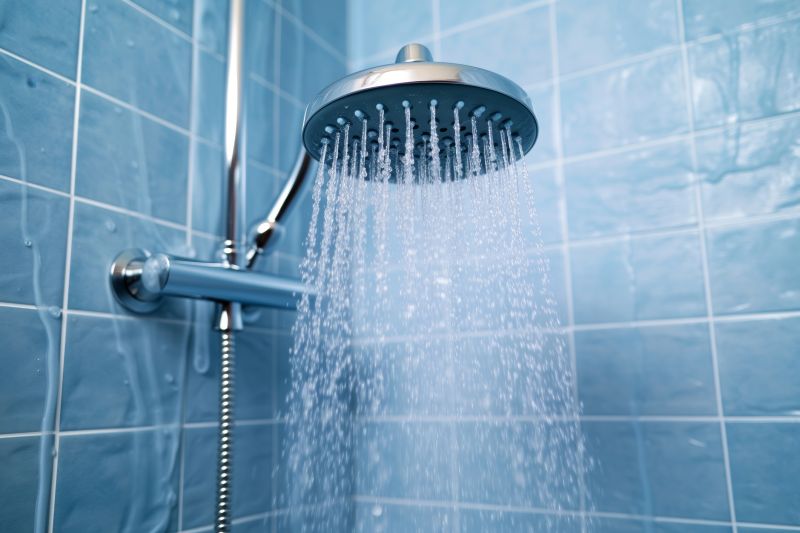
Contemporary shower installations feature sleek designs and advanced water efficiency.
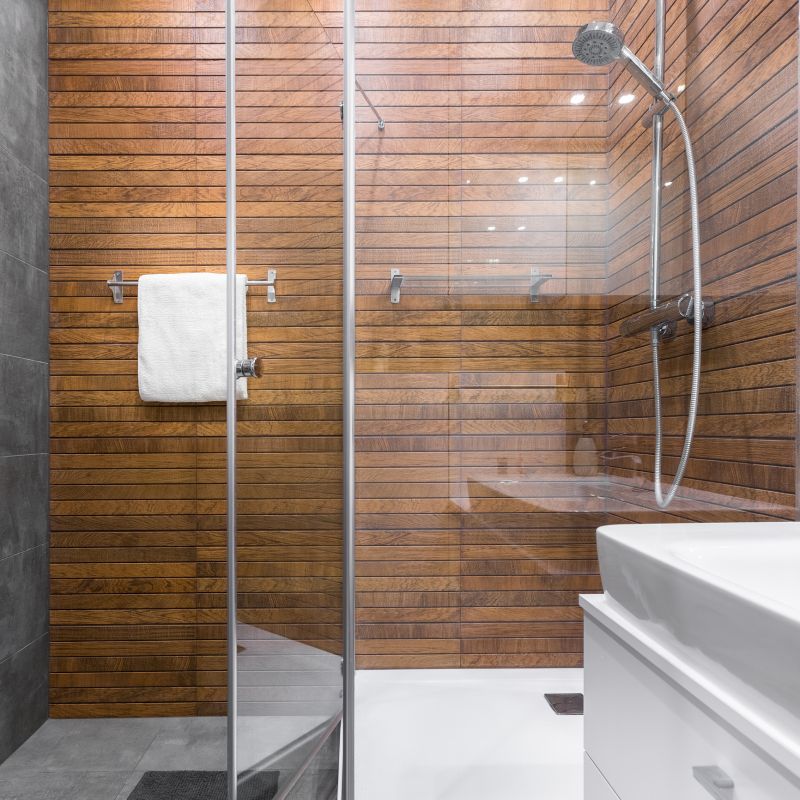
Custom enclosures provide tailored solutions to fit specific bathroom layouts.
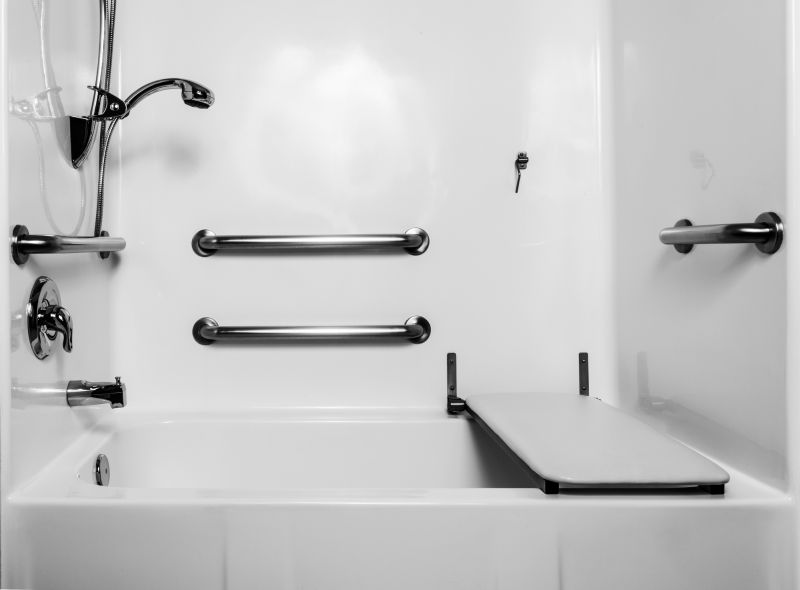
Accessible showers are designed for safety and ease of use, ideal for all ages.
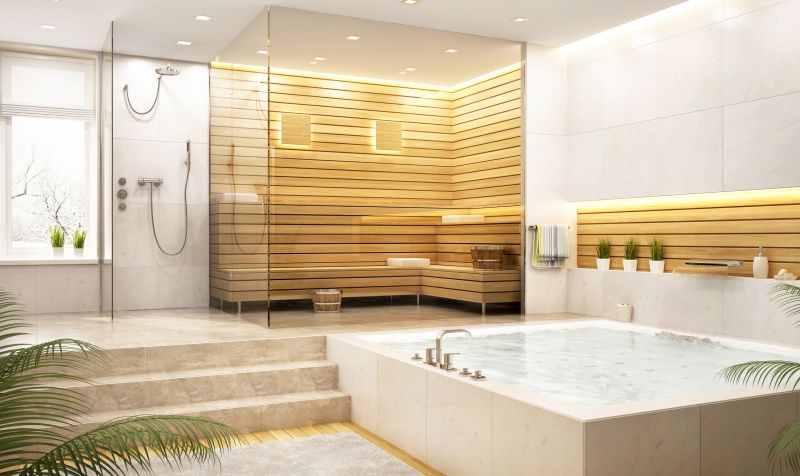
Luxury options include multiple shower heads, steam functions, and high-end finishes.
A: Installation duration varies but generally ranges from one to three days depending on complexity.
A: Yes, indoor installations can proceed year-round, with winter requiring careful planning for indoor conditions.
A: Combining shower installation with other renovations can be efficient and convenient.
A: Some contractors offer discounts during off-peak seasons, which may reduce costs.





